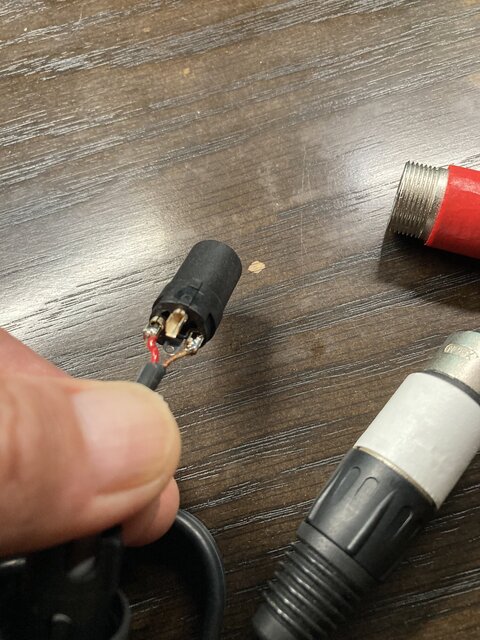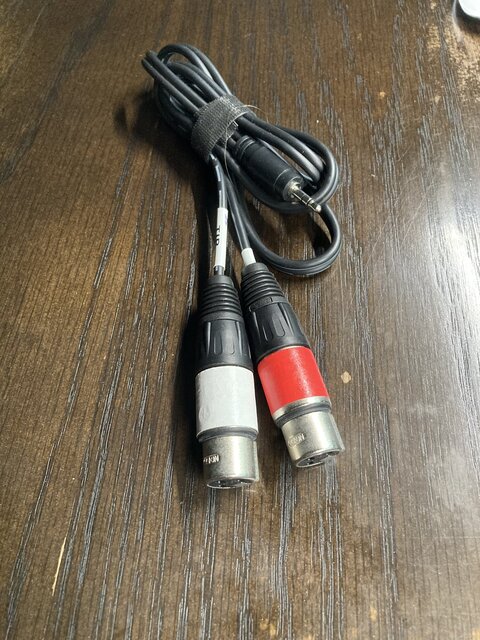Robert F Jarvis
Well-Known Member
Our theater want to stream a fund raiser. The Camcorder has a 3.5mm 3 pole TRS mic socket which is presumably for a stereo mic. Our Soundcraft EFX8 has a 3 pole balanced 1/4" Auxiliary balanced (I.E. mono) output jack. We normally send it to a amp/speaker monitor on stage. But for this show want to send it to the camcorder. Wondering how to get the mono balanced to the camera's LR input?




